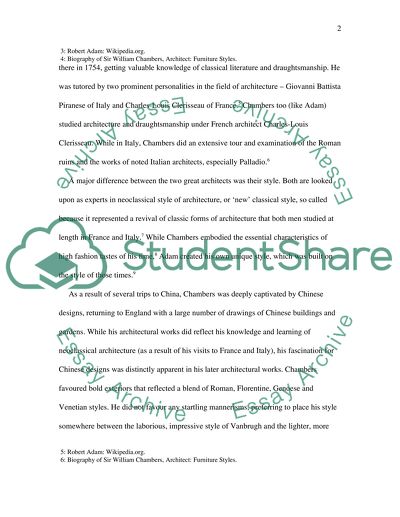Cite this document
(Prominent English Architects of the Eighteenth Century Case Study, n.d.)
Prominent English Architects of the Eighteenth Century Case Study. https://studentshare.org/visual-arts-film-studies/1541782-1-robert-adam-and-william-chamber-were-two-of-the-most-prolific
Prominent English Architects of the Eighteenth Century Case Study. https://studentshare.org/visual-arts-film-studies/1541782-1-robert-adam-and-william-chamber-were-two-of-the-most-prolific
(Prominent English Architects of the Eighteenth Century Case Study)
Prominent English Architects of the Eighteenth Century Case Study. https://studentshare.org/visual-arts-film-studies/1541782-1-robert-adam-and-william-chamber-were-two-of-the-most-prolific.
Prominent English Architects of the Eighteenth Century Case Study. https://studentshare.org/visual-arts-film-studies/1541782-1-robert-adam-and-william-chamber-were-two-of-the-most-prolific.
“Prominent English Architects of the Eighteenth Century Case Study”. https://studentshare.org/visual-arts-film-studies/1541782-1-robert-adam-and-william-chamber-were-two-of-the-most-prolific.


